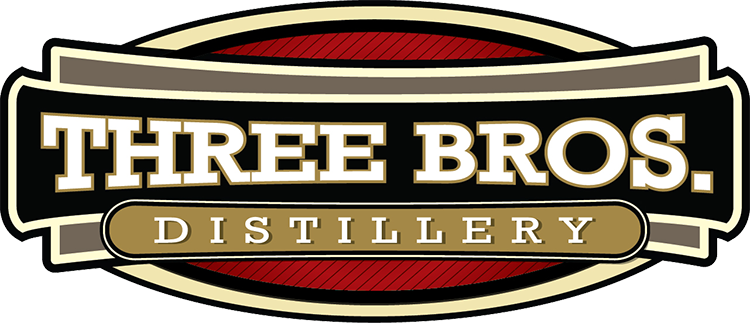The Beer Can cometh
Though it starts with a whimper vice a boom, canned beer makes its debut on this day in 1935. In partnership with the American Can Company, the Gottfried Krueger Brewing Company delivered 2,000 cans of Krueger’s Finest Beer and Krueger’s Cream Ale to faithful Krueger drinkers in Richmond, Virginia. Ninety-one percent of the drinkers approved of the canned beer, driving Krueger to give the green light to further production.
By the late 19th century, cans were instrumental in the mass distribution of foodstuffs, but it wasn’t until 1909 that the American Can Company made its first attempt to can beer. Though the initial attempt proved to be unsuccessful, American Can Company would have to wait for the end of Prohibition in the United States to realize success. In 1933, after two years of research, American Can developed a can that was pressurized and had a special coating to prevent the fizzy beer from chemically reacting with the tin.

The concept of canned beer proved to be a hard sell to, but Krueger’s overcame the initial reservations of the public and became the first brewer to sell canned beer in the United States. The response was overwhelming. Within three months, over 80 percent of distributors were handling Krueger’s canned beer, and Krueger’s was eating into the market share of the “big three” national brewers–Anheuser-Busch, Pabst and Schlitz. Competitors soon followed suit, and by the end of 1935, over 200 million cans had been produced and sold.
The purchase of cans, unlike bottles, did not require the consumer to pay a deposit. Cans were also easier to stack, more durable and took less time to chill. As a result, their popularity continued to grow throughout the 1930’s, and then exploded during World War II, when U.S. brewers shipped millions of cans of beer to soldiers overseas. After the war, national brewing companies began to take advantage of the mass distribution that cans made possible, and were able to consolidate their power over the once-dominant local breweries, which could not control costs and operations as efficiently as their national counterparts.

In 1959, Ermal Fraze devised a can-opening method that would come to dominate the canned beverage market. His invention was the “pull-tab”. This eliminated the need for a separate opener tool by attaching an aluminum pull-ring lever with a rivet to a pre-scored wedge-shaped tab section of the can top. It was like having an opener tool built into every can. The ring was riveted to the center of the top, which created a wedge opening long enough so that one hole served to both let the beverage flow out while air flowed in. Into the 1970’s, the pull-tab was widely popular, however its popularity came with a significant problem as people would frequently discard the pull-tabs on the ground as litter, or drop them into the can and risk choking on them.
These problems were both addressed by the invention of the “push-tab”. Used primarily on Coors Beer cans in the mid-70’s, the push-tab was a raised circular scored area used in place of the pull-tab. It needed no ring to pull up. Instead, the raised aluminium blister was pushed down into the can, with a small unscored piece that kept the tab connected after being pushed inside. Push-tabs never gained wide popularity because while they had solved the litter problem of the pull-tab, they created a safety hazard where the person’s finger upon pushing the tab into the can was immediately exposed to the sharp edges of the opening. (An unusual feature of the push-tab Coors Beer cans was that they had a second smaller push-tab at the top as an airflow vent—a convenience that was lost with the switch from can opener to pull-tab.)
The safety and litter problems were both eventually solved later in the 1970’s with Ermal Fraze’s invention of the non-removing “pop-tab”. The pull-ring was replaced with a stiff aluminum lever, and the removable tab was replaced with a pre-scored round tab that functioned similarly to the push-tab, however the raised blister was no longer needed as the riveted lever would now do the job of pushing the tab open and into the interior of the can.
Today, canned beer accounts for approximately half of the $20 billion U.S. beer industry. Not all of this comes from the big national brewers: Recently, there has been renewed interest in canning from microbrewers and high-end beer-sellers, who are realizing that, cans help guarantee purity and taste by preventing light damage and oxidation.
In celebration of the Beer Can and all the goodness we enjoy because of it, I give you Deputy Dave’s Drink of the day, The Beerbon Sour.
Ingredients
2 oz beer
2 oz bourbon whiskey
2 oz lemonade
Mix lemonade concentrate with bourbon. Add cold beer slowly and stir gently. Serve with plenty of ice.
0Hey, like this post? Why not share it with a buddy?
TweetLeave a Reply
You must be logged in to post a comment.
